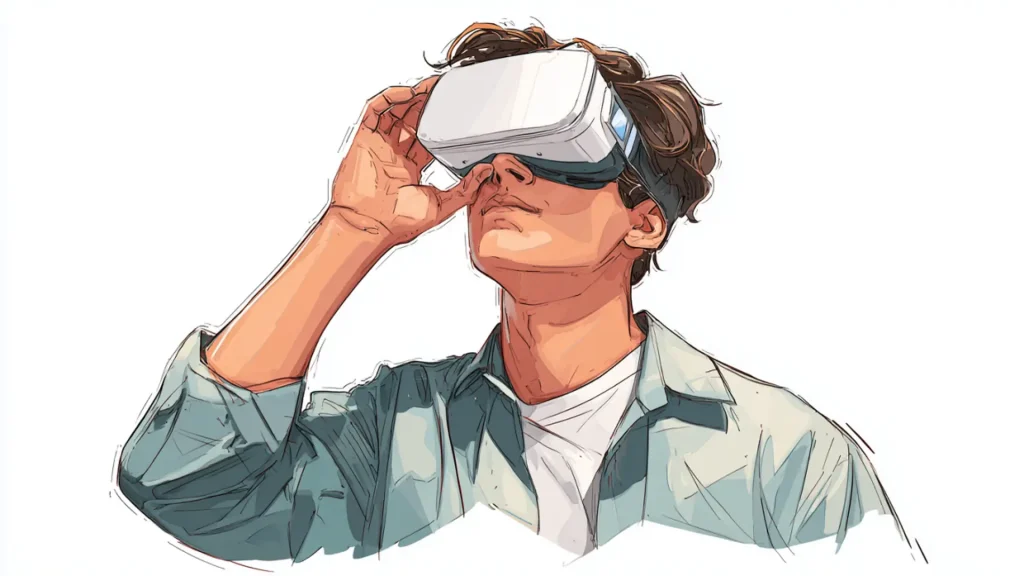The Most Important Trends In Mobile App Development In 2025
Mobile app development is an entire industry that has its own quirks and trends. We wish to take a look at what the year 2025 brings to mobile apps. We hope that this list will be useful to those familiar with app development and those who are not. After all, even if you do not know much about apps, you might want to create one.

Mobile App Development Trends: Does It Even Matter?
But do you have to follow the trends? Is there not an opportunity to be unique and avoid repeating what others do?
Well, that is the wrong approach to the question. You see, these trends are very helpful in showcasing the technology that makes apps great. These are the most recent developments in the industry. They increase your chances of making a great app. Not using them is not about uniqueness; it is about giving up on opportunities.
Following these trends is not a must, but to ignore them would be wrong. Choose the items on this list that appeal to you.
Mobile App Development Trends: Key Findings
We have searched the internet and found quite a few tendencies that seem to be useful in 2025. They are not very surprising, but everyone interested in development should be familiar with them.
AI Integration
AI, as you probably know, stands for artificial intelligence. It is usually defined as technology that replicates the way human intelligence works. As a result, it can perform actions normally considered to be only possible for the human brain. Examples are decision-making and learning.
Yes, machine learning (ML) is another crucial trend. Just like AI, it lets machines imitate the human brain, specifically in relation to learning. ML is a type of AI.
There are multiple ways in which AI is relevant for mobile apps. Here are a couple of them.
- Chatbots. Including chatbots in apps is not uncommon these days. Chatbots are different, and some of them use AI. Such models are more advanced and can do more, especially in communication with customers.
- Personalization. AI is very good at patterns and predicting behavior. So when an app gives recommendations to a user, it could be the result of AI analyzing their previous engagement with the app. For example, you could be making a music app, and you could add AI functions to predict what sort of music to recommend to a user.
- Development. Yes, AI can even help with development. It is true for bots, and it is true for apps. For example, Bubble calls itself an “AI app development platform.” Use the AI tools that help you build apps and make the process faster and easier.

AR and VR
AR (or augmented reality) involves using digital content as an overlay for reality. For example, you can “try on” a new nailpolish with the help of an AR program by placing your hand in front of a phone camera. The program will present you with a picture of your nails with new nailpolish on. You can do the same, for instance, when trying to decide if a new couch would fit in your apartment.
Another good application for AR is navigation. Google Maps offers a Live View feature. It projects directions right to your phone screen as you use the camera to orient yourself in a new location.
VR, on the other hand, is virtual reality. Using special headpieces, you are presented with virtual settings and can work with them. Aside from its use in gaming, VR is becoming a great educational tool. This is especially true for medicine. Now, nursing students can engage in VR scenarios. In fact, VR helps surgeons too! VR is becoming more widespread, and mobile app development should use it!
The Internet of Things
The Internet of Things or IoT is also worth noting. This term refers to a network of things, from devices to vehicles, which are connected through the internet. They have sensors and software that enable their functions. Think about wearables or smart appliances. These things can exchange information, making the life of their users easier. The end result of IoT is smart systems like smart homes, for example. IoT is used in healthcare, agriculture, construction work, and many other areas of life.
The usefulness of IoT is driven further by the integration of 5G. It is a more efficient mobile network that boasts a speed 100 times greater than that of 4G. 5G is more reliable and less latent (that is, has less gap time). It offers a greater capacity as well. It is an improvement, and it is here to stay and boost other trends like IoT.
The network of the future is already being built as we speak.
Eben Albertyn, Chief Technology Officer at VodafoneZiggo
New Frameworks
Cross-platform frameworks are becoming more and more prominent. That is because they allow for making apps that work across platforms, for example, both on Android and iOS. That facilitates development and makes it faster, which is why these frameworks are so useful. Examples include Google’s Flutter and Meta’s React Native. The latter actually uses JavaScript, which makes it a very good option for developers familiar with that language.

Mobile App Development Trends: Key Takeaways
In summary, one could argue that the most notable trends in mobile app development are AI, AR/VR, IoT, and cross-platform frameworks. All of them offer improvements in different areas. For example, the frameworks are mostly to the benefit of developers while IoT is for users. And AI is useful for both! Employing these trends will make your apps better and help you create them faster. So use them!
Headings: Programming & Web




